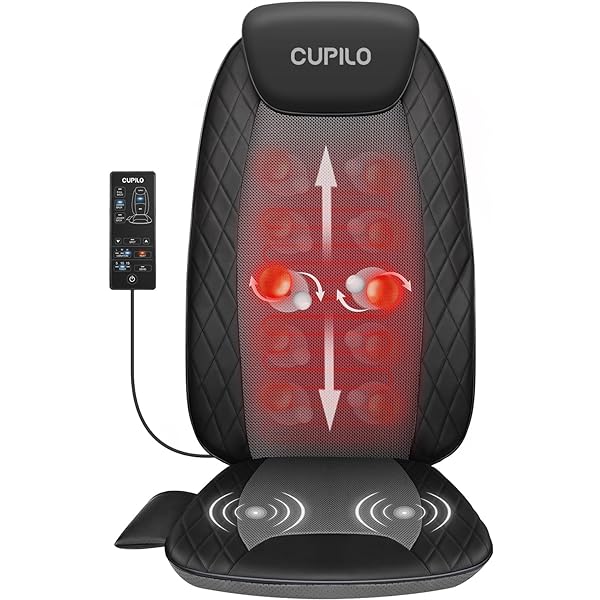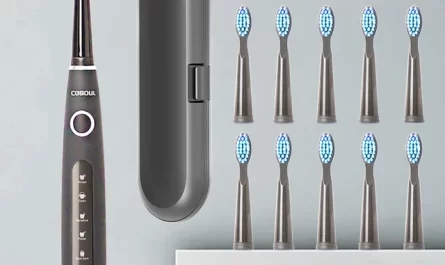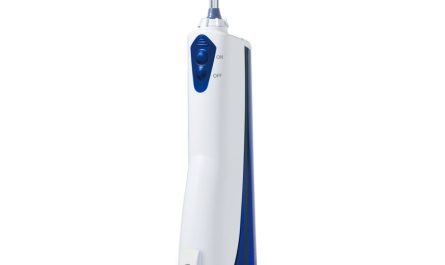Introduction
Getting a good night’s sleep is essential for overall well-being and optimum functioning. Many individuals struggle with sleep issues, such as insomnia or poor sleep quality, which can have detrimental effects on physical and mental health. Chair massage is a popular form of therapeutic massage that focuses on relieving tension and promoting relaxation in a seated position. While chair massage is primarily known for its benefits in reducing muscle pain and stress, its potential impact on sleep quality is a topic of interest. In this guide, we will explore the potential benefits of chair massage in improving sleep quality, examining specific research findings and possible underlying mechanisms.
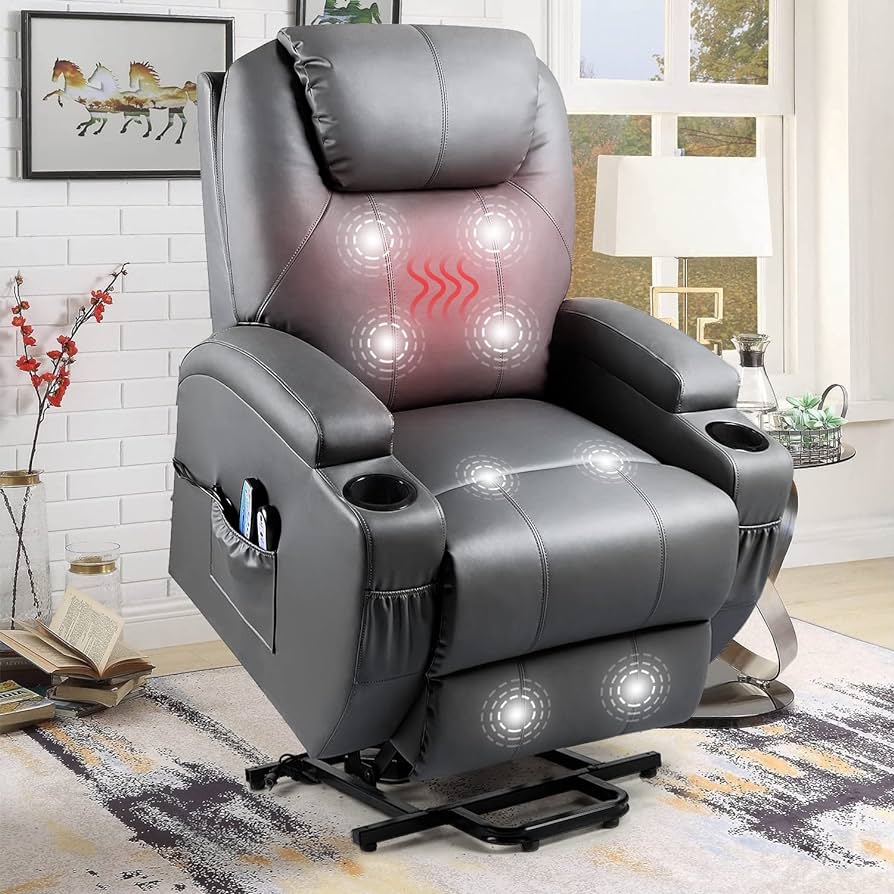
Does chair massage contribute to better sleep quality?
I. Relaxation and Stress Reduction
-
Promoting Relaxation:
- Chair massage techniques, such as kneading, compression, and percussion, target tension in the muscles and promote overall relaxation. This relaxation response induced by chair massage can help individuals unwind and prepare their bodies for a restful night’s sleep.
-
Reducing Stress Levels:
- Stress is a significant contributor to sleep disturbances and poor sleep quality. Chair massage has been shown to reduce stress levels by decreasing cortisol, the stress hormone, and increasing the production of hormones associated with relaxation, such as serotonin and oxytocin. By alleviating stress, chair massage may facilitate better sleep quality.
II. Improved Circulation and Tissue Oxygenation
-
Enhanced Blood Flow:
- Chair massage involves therapeutic techniques that stimulate blood circulation. Improved blood flow helps deliver oxygen and nutrients to various tissues, including muscles and the brain. By enhancing circulation, chair massage may optimize physiological processes necessary for quality sleep.
-
Muscular Relaxation:
- Massage techniques used during chair massage help relax tense muscles, improve flexibility, and reduce muscle pain. Relaxing the muscles can alleviate discomfort that may disrupt sleep, allowing individuals to find a more comfortable position and experience deeper, more restful sleep.
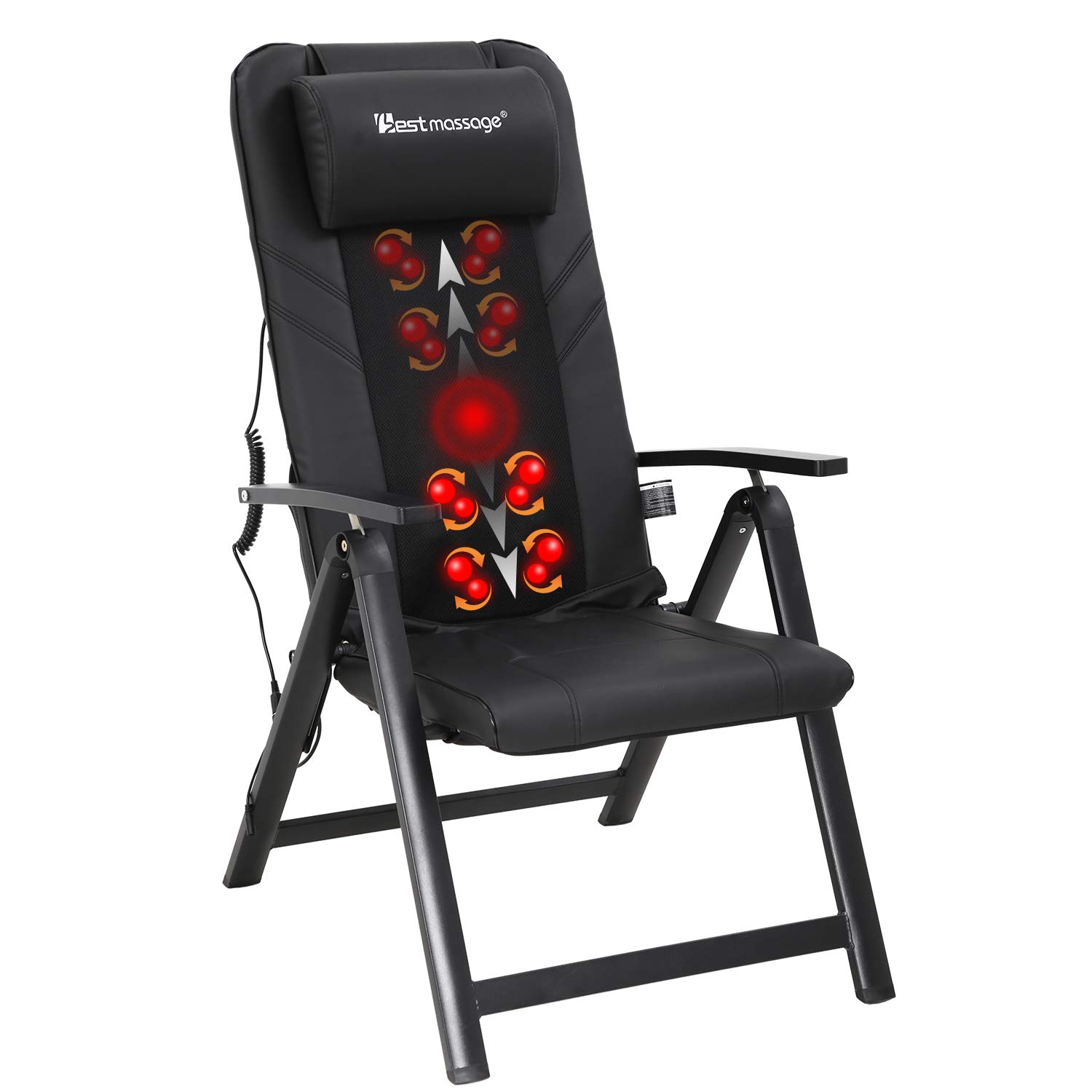
III. Regulation of Neurotransmitters and Hormones
-
Increased Serotonin and Melatonin Levels:
- Serotonin and melatonin are neurotransmitters and hormones that regulate mood and sleep-wake cycles. Chair massage has been shown to increase serotonin levels, which promotes feelings of well-being, relaxation, and happiness. Additionally, chair massage may stimulate the release of melatonin, a hormone essential for regulating sleep and wakefulness.
-
Decreased Levels of Substance P:
- Substance P is a neurotransmitter associated with pain perception. Elevated levels of substance P have been linked to increased sensitivity to pain, discomfort, and insomnia. Studies suggest that chair massage can decrease substance P levels, potentially reducing pain sensitivity and promoting better sleep quality.
IV. Enhanced Psychological Well-being
-
Reduction of Anxiety and Depression Symptoms:
- Anxiety and depression are common contributors to poor sleep quality and insomnia.
-
Increased Mood and Relaxation Ratings:
- Chair massage has been shown to increase subjective ratings of relaxation and mood. By providing a sense of well-being and tranquility, chair massage can enhance emotional states that are conducive to better sleep quality.
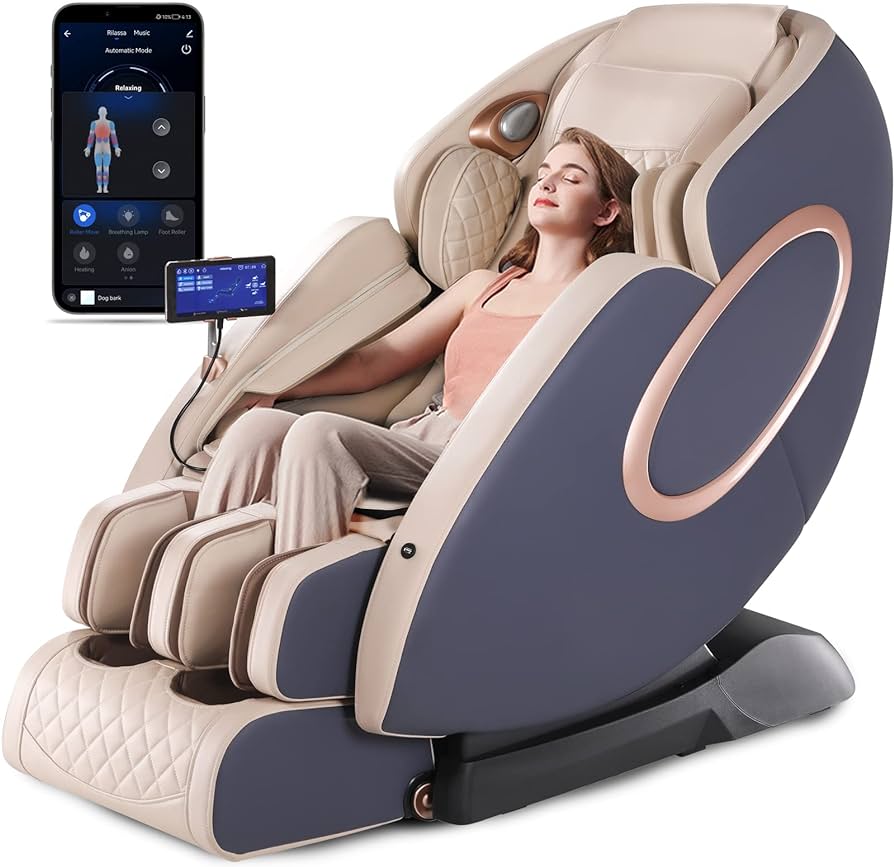
V. Research Findings and Studies
-
Study on Nurses:
- A study conducted on nurses found that chair massage sessions significantly improved sleep quality and reduced anxiety and fatigue levels. The participants reported feeling more relaxed, less stressed, and experiencing fewer sleep disturbances after receiving chair massages regularly.
-
Study on Older Adults:
- Research focusing on older adults showed that chair massage contributed to sleep improvement, particularly in participants experiencing sleep problems. The study found that chair massage participants had better sleep efficiency, more sound sleep, and reduced daytime sleepiness compared to the control group.
-
Study on Office Workers:
- A study involving office workers revealed that chair massage sessions during work breaks led to improved sleep quality and reduced perceptions of occupational stress. The participants reported experiencing better sleep, feeling more replenished, and having improved work performance after receiving chair massages.
VI. Practical Considerations and Additional Benefits
-
Accessibility and Convenience:
- Chair massage provides a portable and accessible option for individuals seeking sleep-related benefits. Its versatility allows for its use in various settings, such as workplaces, events, and even in-home use, making it a convenient choice for those desiring relaxation and improved sleep quality.
-
Reduction of Physical Discomfort:
- Pain, discomfort, and muscle tension can significantly impact sleep quality. Chair massage targets these issues, potentially alleviating pain and physical discomfort, allowing individuals to experience more restful sleep without frequent disturbances.
-
Mind-Body Connection:
- Chair massage encourages individuals to engage in self-care practices and connect with their bodies. Engaging in these relaxation techniques can promote mindfulness and a deeper awareness of one’s physical and mental state, which can positively influence sleep quality.
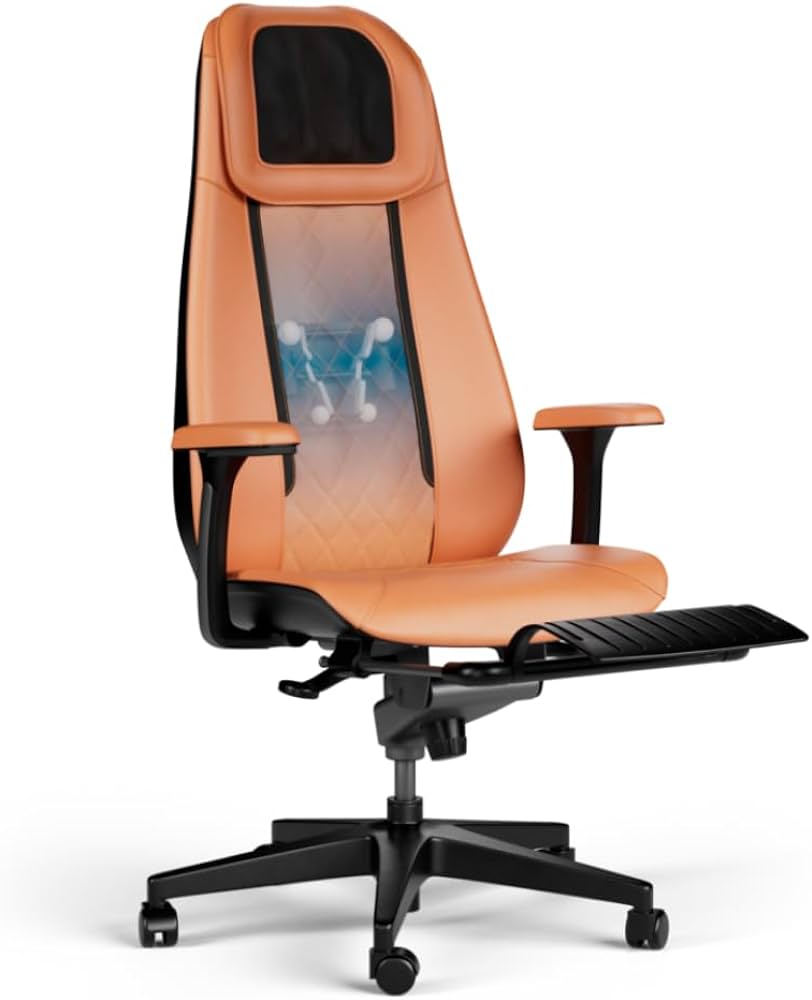
VIII. Incorporating Chair Massage into Sleep Hygiene Practices
-
Establishing a Routine:
- Incorporate chair massage into your sleep hygiene routine by scheduling regular sessions. Consistency is key to reaping the potential benefits of chair massage on sleep quality. Consider incorporating massages into your evening wind-down routine.
-
Preparing the Environment:
- Create a soothing environment conducive to relaxation and sleep. Dim the lights, play calming music, and ensure a comfortable seating arrangement for the chair massage session. The ambiance will further enhance the relaxation and promote sleepiness.
-
Combining with Other Sleep Hygiene Practices:
- Chair massage can be combined with other sleep hygiene practices for optimal results. This includes maintaining a consistent sleep schedule, creating a comfortable sleep environment, avoiding stimulants before bedtime, and practicing relaxation techniques such as deep breathing or mindfulness.
-
Seeking Professional Assistance:
- If you are experiencing chronic sleep issues or insomnia, consulting with a healthcare professional or a licensed massage therapist specializing in sleep therapy may provide additional guidance and personalized strategies for incorporating chair massage into your sleep routine.
IX. Potential Limitations and Individual Variances
-
Individual Response:
- It’s important to note that individual responses to chair massage may vary. While existing research provides evidence of the potential benefits of chair massage on sleep quality, individual experiences may differ based on factors such as overall health, lifestyle, and underlying sleep disorders.
-
Complementary Approach:
- Chair massage should be considered as a complementary approach to sleep hygiene and management. It is not intended to replace medical interventions or professional treatment for sleep disorders. If you have persistent sleep issues, consult with a healthcare professional for proper evaluation and guidance.
-
Occasional Non-Responders:
- There may be individuals who do not experience significant improvements in sleep quality with chair massage alone. Sleep disturbances can have various underlying causes, and addressing them may require a multidimensional approach involving lifestyle changes, therapy, or medical interventions.
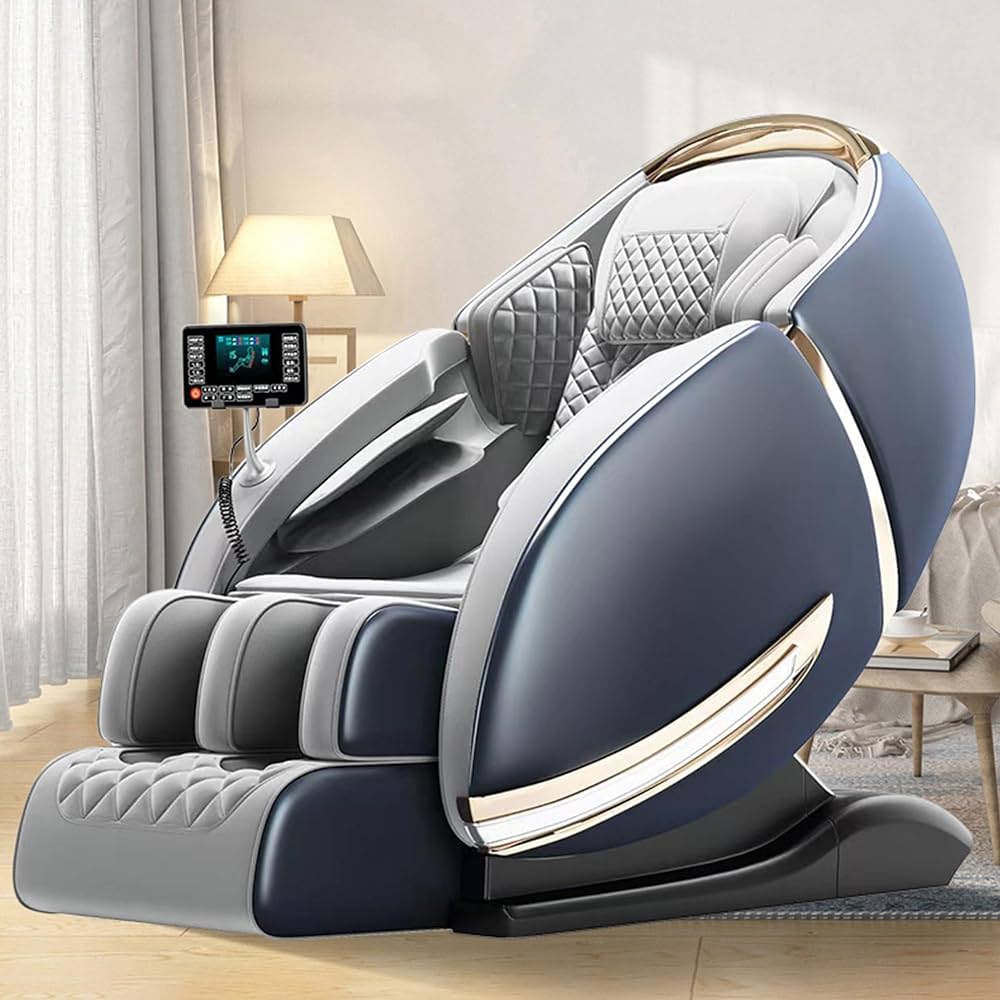
VII. Conclusion
Chair massage has the potential to positively impact sleep quality by promoting relaxation, reducing stress, improving circulation, regulating neurotransmitters and hormones, and enhancing emotional well-being. Research studies have consistently shown promising results regarding the benefits of chair massage on sleep quality. By incorporating chair massage into their routines, individuals may experience better sleep efficiency, reduced sleep disturbances, and improved overall well-being.

